Analysis
What 5 of the World’s Riskiest Art Buys Tell Us About Collecting Art Today
Beware of formaldehyde sharks (and other market pitfalls).
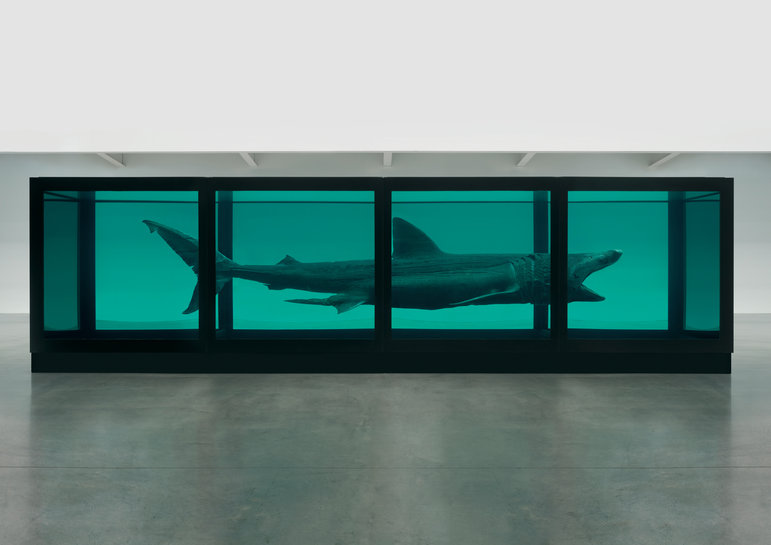
Beware of formaldehyde sharks (and other market pitfalls).

Eileen Kinsella

As the art world braces for an estimated $2 billion fall auction season in the next few weeks, it’s no secret that the global art market is moving ahead at a rapid-fire pace. The stakes appear higher than ever with an unprecedented number of seven-, eight-, even nine-figure works on the auction block. While headlines frequently trumpet enormous prices for masterpieces that appreciate at stunning rates over years or decades, there are also plenty of inherent risks involved when dealing with such pricey individual objects. Read on for our rundown of some of the biggest pitfalls and common risks facing art buyers today.

Paul Gauguin, Nafea Faa Ipoipo (When Will You Marry?).
Photo: Artothek.
1. Attention Trophy Hunters: Be Prepared to Buy and Hold
It’s clear that prices in the tens and hundreds of millions are becoming more common both at public auctions and private sales. The catch? A priceless Picasso, Francis Bacon, or Claude Monet is decidedly less liquid as an asset, and may remain “priceless” at least for the foreseeable future. Unlike, say, a stock or bond or mansion in Palm Beach with a more fixed value, pricing art involves a complex mix of factors including rarity, condition, provenance (the history of ownership), and freshness to the market (i.e. it should not have the appearance of having been “shopped around” too much).
That’s even before one accounts for the fickle nature of the art market, where artists or styles who are in favor one year may be out the next. Also, don’t forget about additional costs of owning a work: storage, conservation, insuring against fire, flood, and other damage, plus hiring a shipper with appropriate expertise should you need to move it.
If you have enough millions or billions to orchestrate a purchase on the level of say—a $300 million Gauguin, a $250 million Cezanne or, as seen more recently a $179 million Picasso—let’s just say you better love it enough to live with it for a long time.
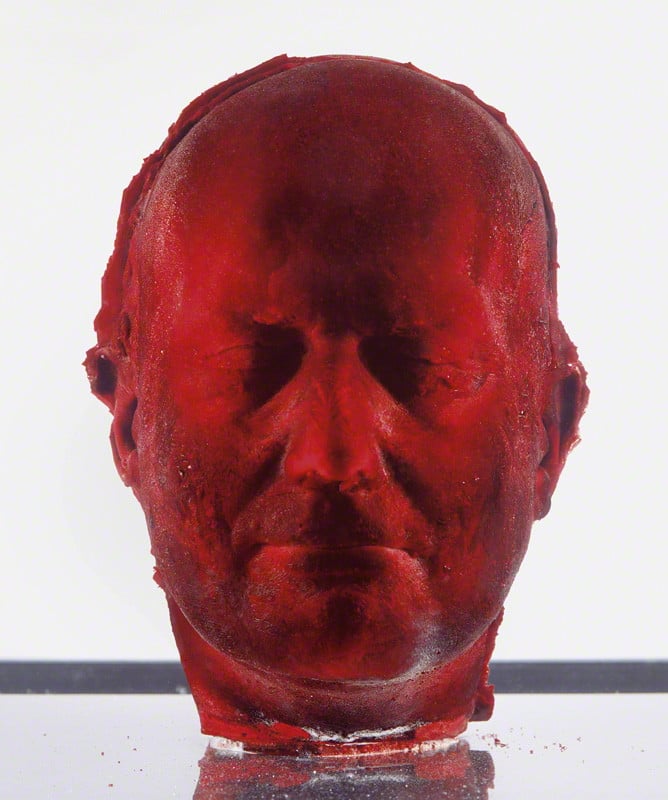
Marc Quinn Self Portrait
Image: Courtesy of National Portrait Gallery, London.
2. Temperamental Mediums
We’re all familiar with the oft-posed skeptics’ question: “But is it art?” Even still, it’s hard to deny that the use of ever-more challenging, innovative, and experimental materials, as well as the proliferation of massive-yet-delicate installations poses its own unique set of challenges. One longtime art insurance expert once told us: “We tremble anytime a client tell us he is planning on shipping a Chihuly,” a reference to Dale Chihuly, the Seattle glass artist known for his elaborate, whimsical blown-glass sculptures. And we couldn’t help thinking the same thing about the daunting task of getting some of those later monumental Frank Stella “Moby Dicks” in place for the major Whitney Museum retrospective that opened last week.
And when it come to unusual or fragile materials, who could forget the time that Marc Quinn’s self-portrait—a sculpture made with nine pints of his own frozen blood—started to melt when kitchen decorators at top collector’s Charles Saatchi’s estate pulled a plug. Though Quinn has reportedly called the story an urban myth, the tale persists. Hedge fund mogul Steven Cohen reportedly acquired the work after Saatchi, and a former employee of Cohen’s told the New York Post that backup generators at the Greenwich, Connecticut, hedge fund were intended in part to keep the gory artwork from melting in the event of a blackout.
Then there was the time in the early aughts when an unwitting janitor at the Eyestorm Gallery in London accidentally swept up an installation by Damien Hirst that consisted of half-filled coffee cups, ashtrays with cigarette butts, empty beer bottles, candy wrappers an easel. Staffers at the gallery were reportedly forced to go dumpster diving to retrieve the artistic “tableau” elements.
Speaking of ephemeral materials, Hirst’s iconic work The Physical Impossibility of Death In the Mind of Somone Living, a shark submerged in formaldehyde, also posed some unique challenges for Cohen when he decided to acquire it from Saatchi for millions. After years of soaking in chemicals, the shark had deteriorated so badly it had to be replaced entirely.
The lesson? Before buying a work made of blood, trash-like ephemera, or a dead shark soaked in chemicals, consider how you’ll keep it pristine without a full-time gallery staff to assist.
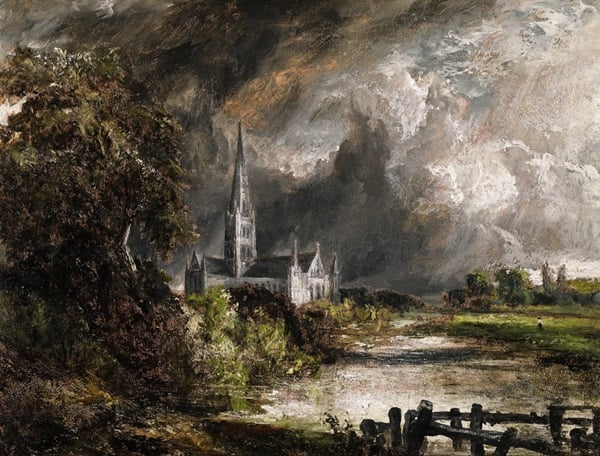
John Constable Salisbury Cathedral from the Meadows sold for $5,000 and again for $5 million after the artist attribution was confirmed
Photo: Courtesy Sotheby’s.
3. Vague Attributions
This issue is more common in older categories of art such as Old Master paintings or antiquities. In cases where experts cannot come to a consensus or they lack enough physical evidence for a firm attribution, an object or painting will often be labeled as “follower of,” “circle of,” “studio of,” or “after” a renowned artist. For interested buyers willing to take a leap of faith, the upside is that such uncertainty has typically already been priced into the auction or sale estimate, and the asking price will be far lower than it would be for a confirmed work.
In one recent case, a small gamble paid off big for a steadfast buyer when a painting described as being by a “follower of John Constable” and sold for $5,000 turned out to be the real deal after cleaning and conservation. The same buyer turned around and resold it at auction less than two years later for a whopping $5 million. Sometimes, it pays to take a chance.
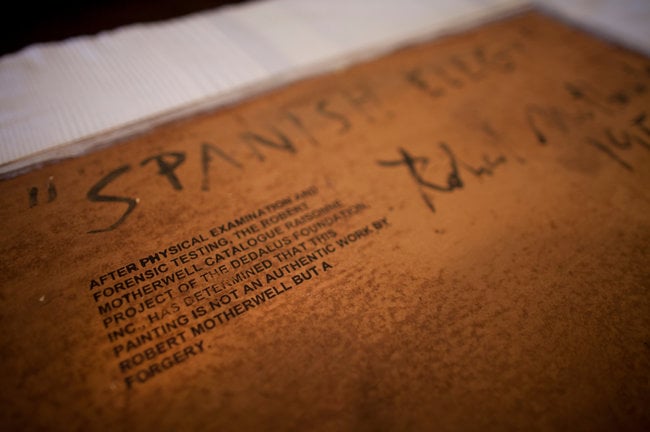
A stamp on the back of a Robert Motherwell-style painting confirms it is a forgery.
4. Authentication Woes
Following several high-profile legal battles over the authentication of work by sought-after stars like Andy Warhol, Jean-Michel Basquiat, and Keith Haring, the foundations responsible for authenticating their work eventually opted out of this activity, feeling that the inherent risks associated with legal defense costs as too great.
Of great concern for many collectors was the case of documentary filmmaker Joe Simon-Whelan, who paid $200,000 for an Andy Warhol red Self Portrait in the late 1980s, only to have the Warhol Authentication Board reject the work when he sought to resell it more than a decade later. A messy, three-year legal battle ensued and the Warhol Foundation racked up nearly $7 million in legal fees before settling with Simon-Whelan and calling it quits on the authentication front. For similar reasons, the authentication committee of the Basquiat estate chose to disband in 2012, though it more recently issued a limited edition print that bears a stamp of approval from Basquiat’s two sisters.
The Dedalus Foundation, founded to preserve the legacy of Abstract Expressionist master Robert Motherwell, is one of the few foundations still committed to authentication. Director Jack Flam has said it is an obligation. In the case of a Motherwell that turned out to be fake after forensic material testing, Dedalus directors stamped the back with the following message: “After physical examination and forensic testing, the Robert Motherwell Catalogue Raisonne project of the Dedalus Foundation Inc., has determined that this painting is not an authentic work by Robert Motherwell, but a forgery.”
The work was later revealed to have been a forgery created by a Chinese painter in Queens who was also the source of tens of millions worth of fake art that was sold through the now-shuttered Knoedler Gallery in Manhattan.
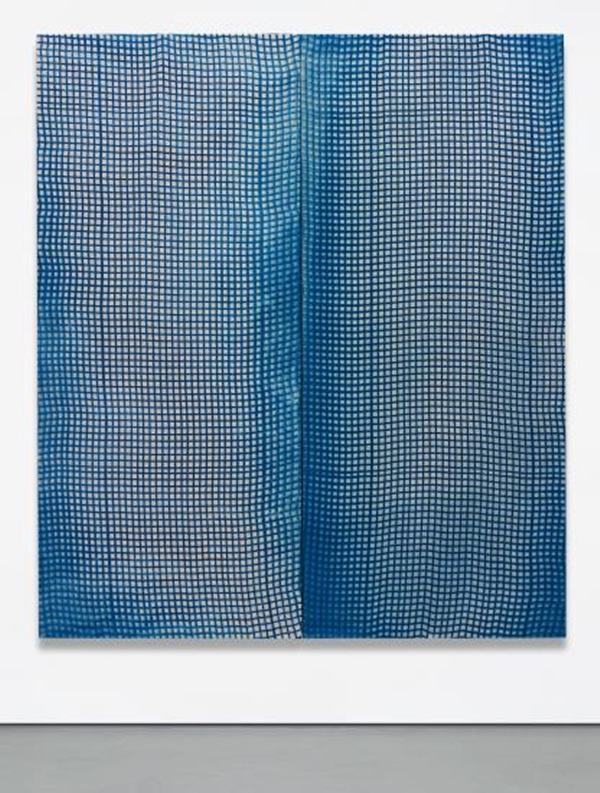
Hugh-Scott Douglas Untitled (2013) failed to sell at Phillips in October on an estimate of $30,000 to $40,000. Image: Courtesy of Phillips.
5. Beware The Allure of the Auction “Flip”
In today’s superheated market for emerging artists, it seems like a whisper of approval from the right taste-makers is enough to send prices for an up and coming artist into the stratosphere at auction. Galleries, which theoretically have a vested interest in maintaining a more stable market, are less prone to jacking up prices. As artnet News reported, such auction escalations have their downside for collectors. Say that you skillfully navigate the gallery waiting list for an in-demand artist and then soon after take the work to auction for resale? Particularly when you’re dealing with just-executed work by an artist with an extremely short track record, the price has a far greater chance of succumbing to gravity and falling back to, or well below, previous levels.